
The D1 camera:
Transforming professional workplaces into the digital era
No.8 | 1999 | Respecting a "game changer"
The D1 digital SLR camera that redefined standards across the photography industry was released in 1999.
Digital cameras had been gaining popularity in the consumer market until the D1 debuted, suddenly spreading this emergent technology into professional realms. This had a major impact on the photography industry.
Contents supervisor: WIRED JAPAN, Japanese text: Shuto Mizutani, Photography: Junpei Kato, Editing: Shinya Yashiro
At that time, the photography industry had arrived at a major turning point. Its industrial structure, that had developed over many years, comprising film manufacturers, photo labs and printing companies, began making a major turn with the introduction of the D1 digital SLR camera, which was priced at 650,000 Japanese yen (suggested retail price, excluding tax).
Before the end of the millennium, digital cameras had been slowly gaining traction in the market, mainly for personal use. But the D1 was a very different addition to the market, as it introduced new possibilities to the professional workplace based on such simple concepts as “beautiful”, “fast” and “easy to use”. We now look back at its starting point – the development of the D1.
Pricing that shook the industry’s structure
The price of the D1 was double that of the film SLR camera F5 (suggested retail price, excluding tax was 325,000 Japanese yen). This was considered “high but affordable” for film camera users, positioned to encourage many professional photographers to switch to digital. Considering that professional digital cameras cost several million yen at that time, it’s easy to understand how impacting the price of 650,000 yen was.
Behind this, there was an innovative development strategy focused on image sensors, a crucial component of the camera.
The new pricing standards, realized through close collaboration with semiconductor manufacturers, reached beyond the camera industry, eventually impacting the image sensor industry as well.
As a result, the photography industry underwent major changes. Until then, professional photographers were spending hundreds of thousands of yen each month on photosensitive materials. However, with the D1, as there was no need for photosensitive materials, it was possible for them to take as many photos as they wanted, and the images could be checked immediately at the shooting location. This also enabled anyone to practice shooting as much as they wanted. These advantages that are unique to digital cameras highlighted the issues of film.
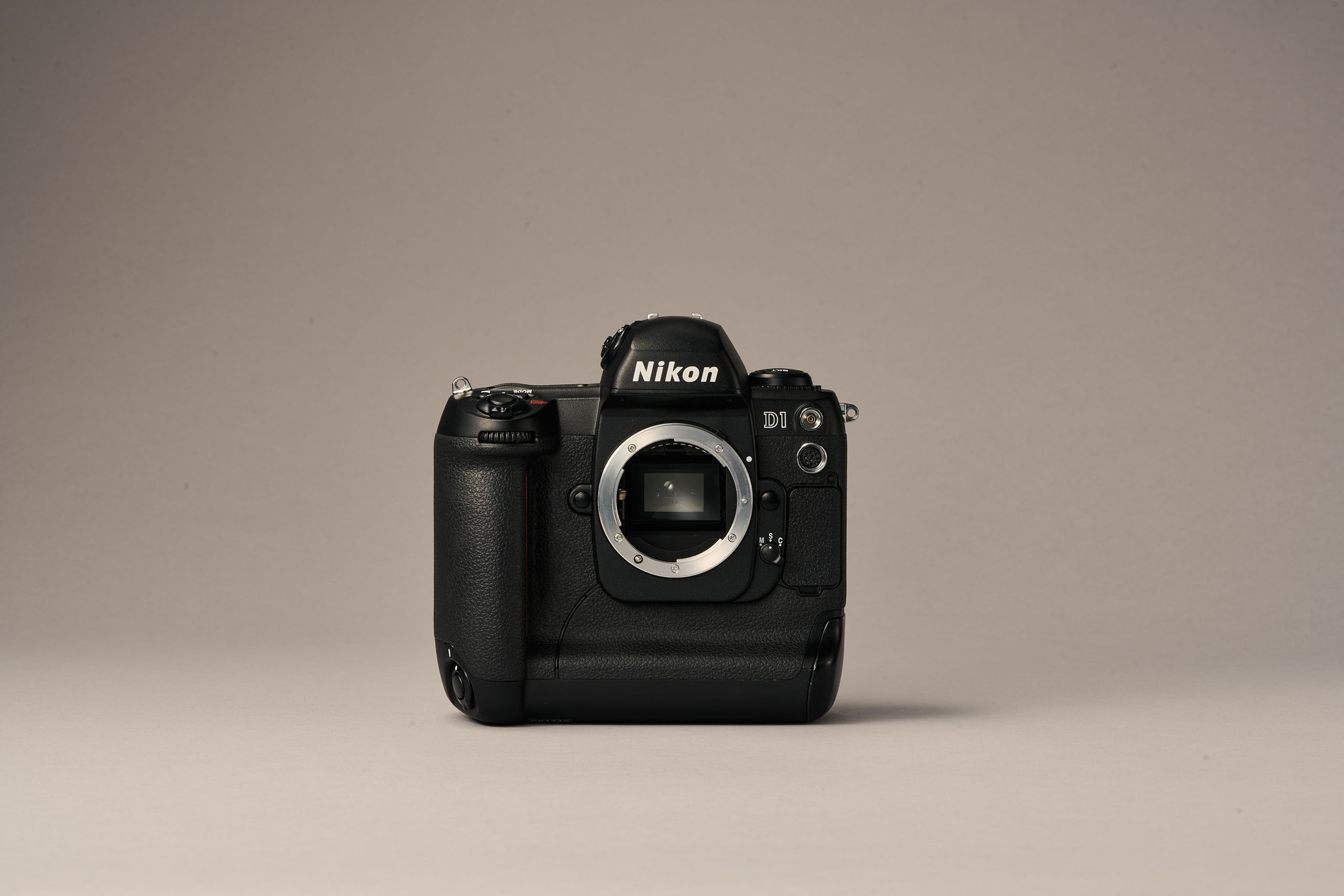
Professional workplace changes
The field that underwent the most significant change during this digital revolution was press photography. Freed from the time constraints of film development and electronic transmission methods, the time that elapsed between shooting and sending data to editorial departments was significantly shortened. Photographers were now able to shoot until the last minute of their publisher's deadline and most importantly, check their images on the spot. This improved on-site work efficiency dramatically.
This dramatic change was supported by the D1's unique high-speed processing. Although at that time it was not yet possible to install sufficient buffer memory, by instantly driving a large image sensor and incorporating an efficient photo development mechanism, the time lag between shooting and data storage was minimized. The workflow of "shooting and immediate confirmation" had a major impact on the frontline of press photography.
Eventually, a great wave of transformation swept over the very essence of shooting styles. For many years, photographers had completed their photographs by selecting the film that needed to be developed and entrusting it to a photo lab.
However, the D1 presented a new option: RAW shooting. This opened up the possibility that photographers could control everything themselves. While this expanded the freedom of expression, it also forced them to acquire new techniques. Moving from film selection and shooting to image editing meant that photographers also stood at a major turning point in their careers.
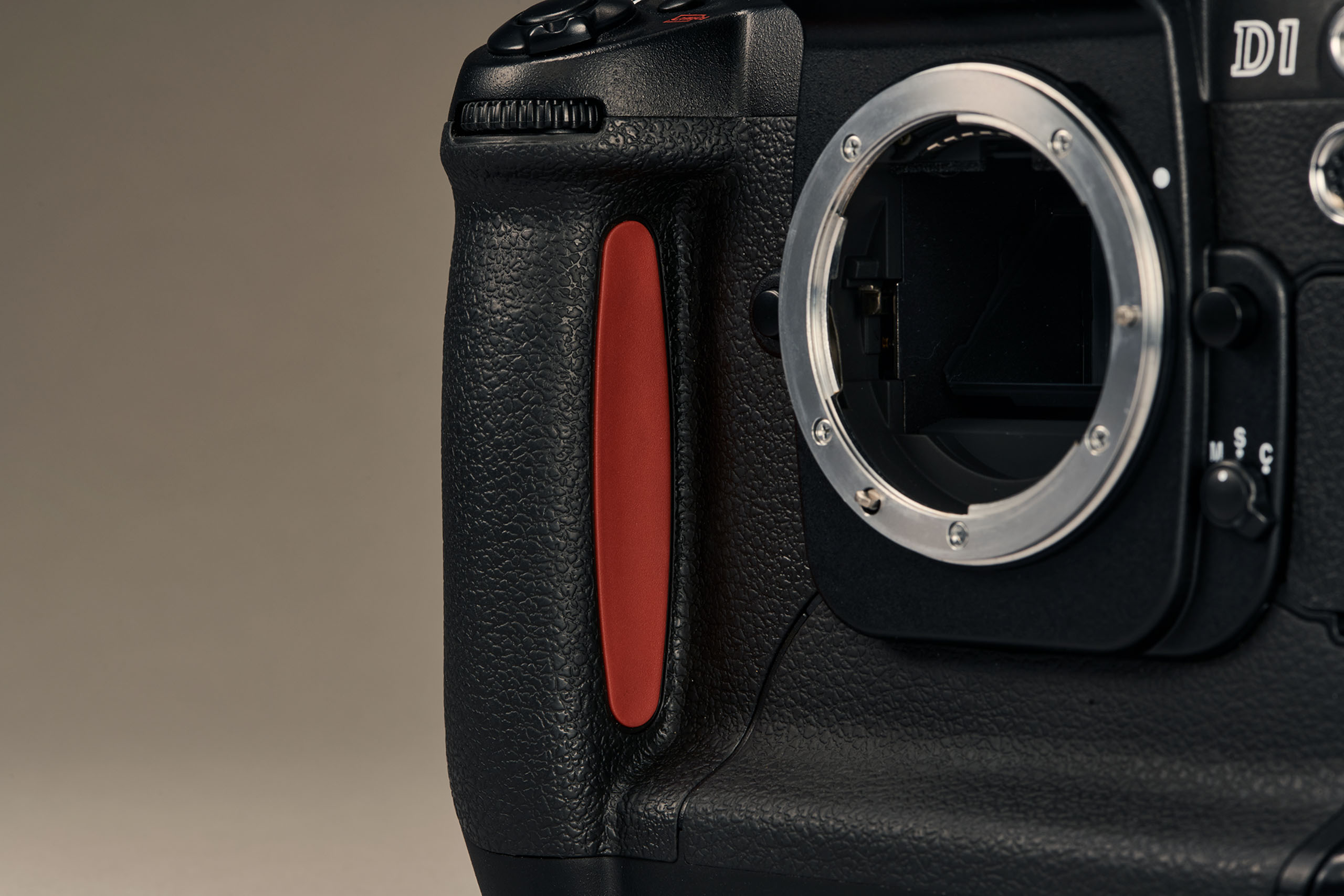
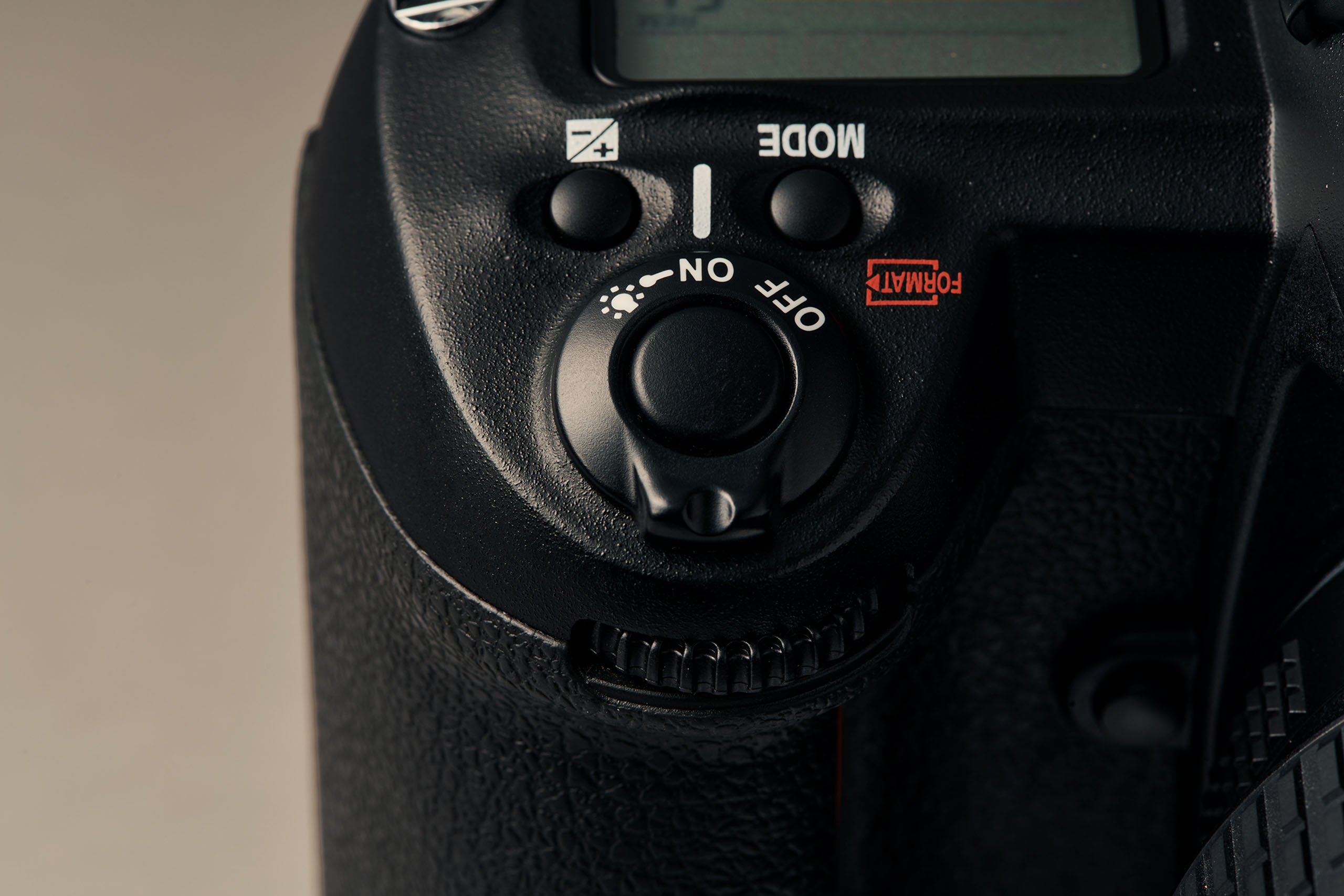
A new challenge in pursuit of photographic quality
The transition from film to digital also brought to light new issues in image creation. The D1, which was based on video camera technology, possessed different characteristics from conventional cameras in terms of its display system and benchmark targets. In particular, image quality design continued to be a struggle against many difficulties. Specifically, image noise – which was more acceptable for cameras designed for video – became a weakness when viewed as a single photo.
However, even amidst these various problems, the possibilities that are unique to digital technology were apparent. Distortion caused by the mechanical shutter slit effect was something that couldn’t be avoided with film cameras. At that time, even a shutter speed of 1/8000 second had its challenges. The D1 used an electronic shutter to achieve an ultra-high shutter speed of 1/16000 second. It was now possible to control exposure across the entire screen at the same time – dramatically improving image quality during high-speed shooting.
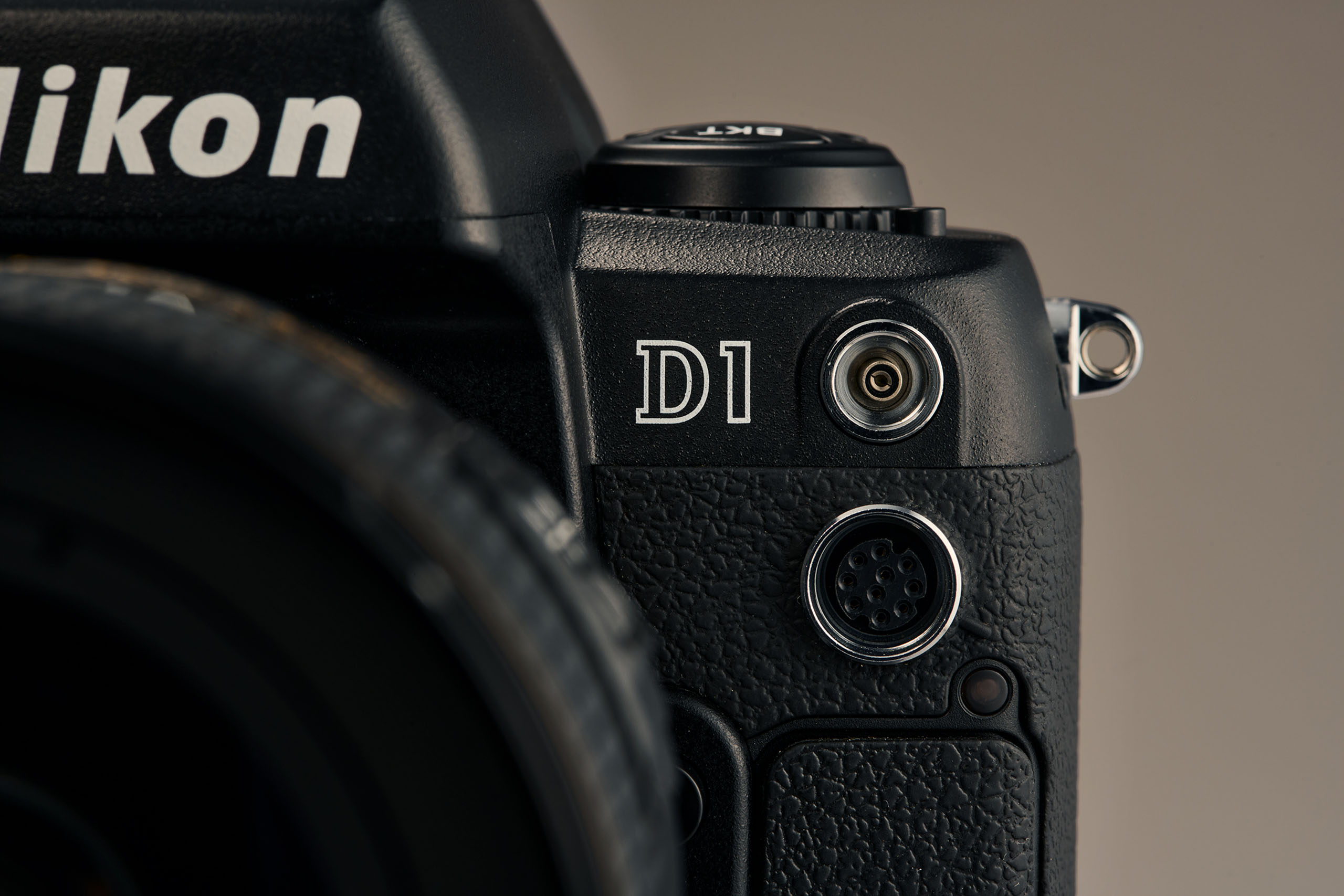

Conveying images faster and more accurately
The 2000 Sydney Olympics marked the beginning of a new era in the photography industry, as this was the global event in which the D1 began to be widely used by the press. Moving from "fixing light through chemical reactions" to "digitizing physical phenomena," it significantly changed the form of photography as a medium, as the technology evolved.
The photography industry had entered an exciting period of change, not only regarding cameras, but also in all subsequent areas such as image processing, output, and distribution. The publishing printing industry was busy adapting to digital submissions, and corporate PR departments were increasingly moving to in-house photography.
The sequence of events triggered by the D1 become the foundation for the subsequent development of digital cameras for years to come. In the process of dismantling and reconstructing the industrial structure that had taken many long years to build, the D1 brought major changes to the fields of reporting and recording. Its achievements, which made it possible to convey world events faster and with more certainty, are still deeply rooted as the foundation of modern visual communication.
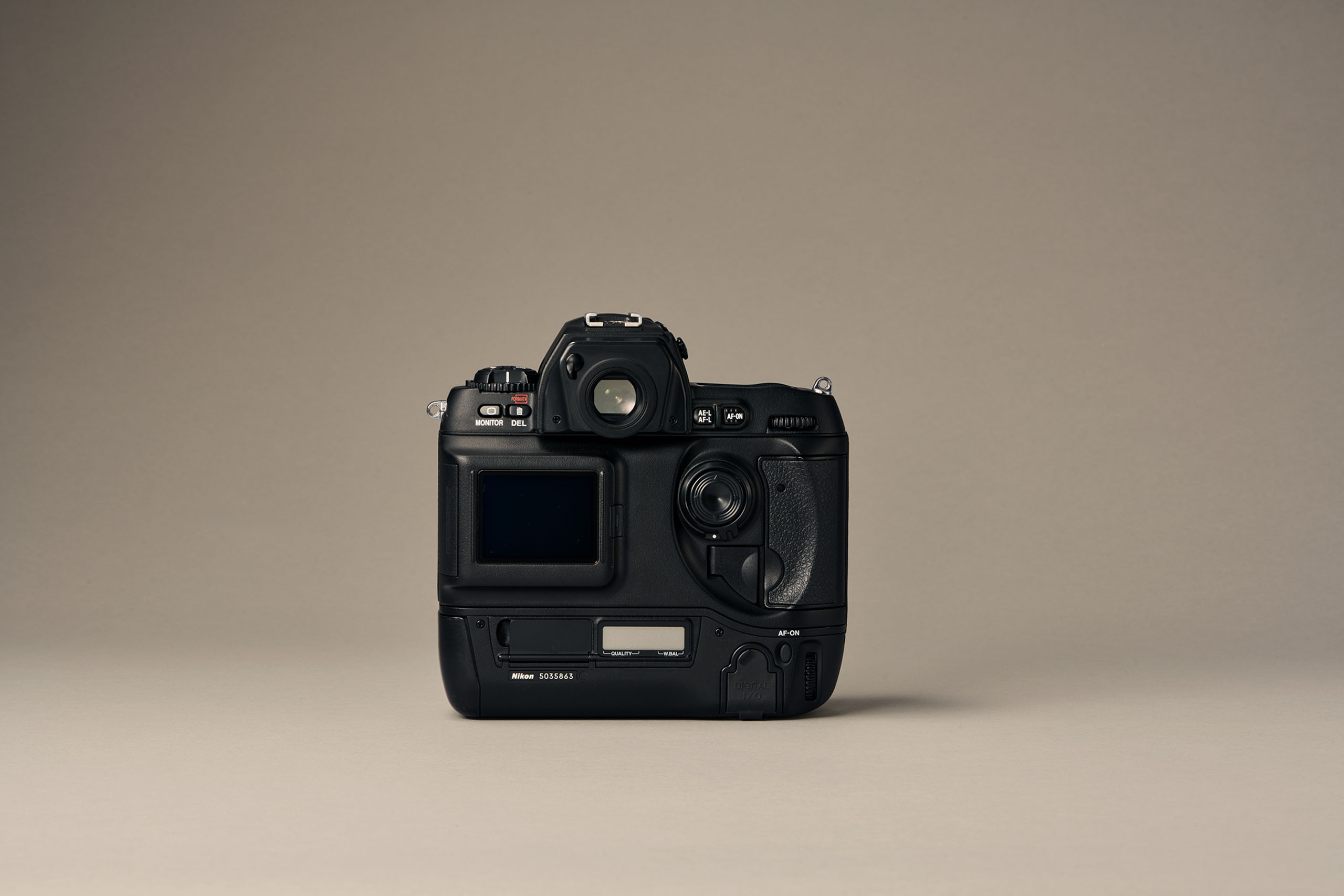
Contents supervisor: WIRED JAPAN, Japanese text: Hideto Mizutani, Photography: Junpei Kato, Editing: Shinya Yashiro
Frontiers of Vision
- The D1 camera: Transforming professional workplaces into the digital era
- The COOLPIX 900: Paving the way for digital shooting
- The NIKONOS all-weather camera: capturing the world in any conditions
- The profile projector: the unsung equipment supporting the precision of manufacturing
- The COOLSCAN: A “personal × digital” realm created by digitalization
- The JOICO microscope: The challenge of peering deeply into the world
- The COOLPIX 300: Pursuing the technological possibilities of a multimedia recorder
- The MIKRON 6×: Compact binoculars born over 100 years ago
